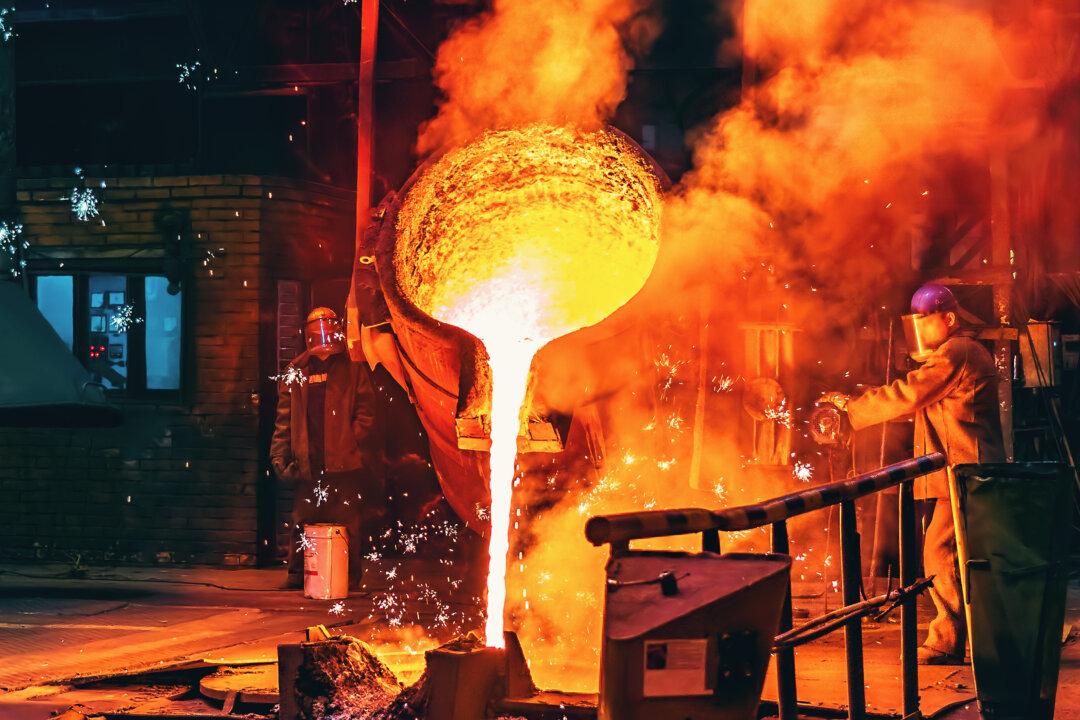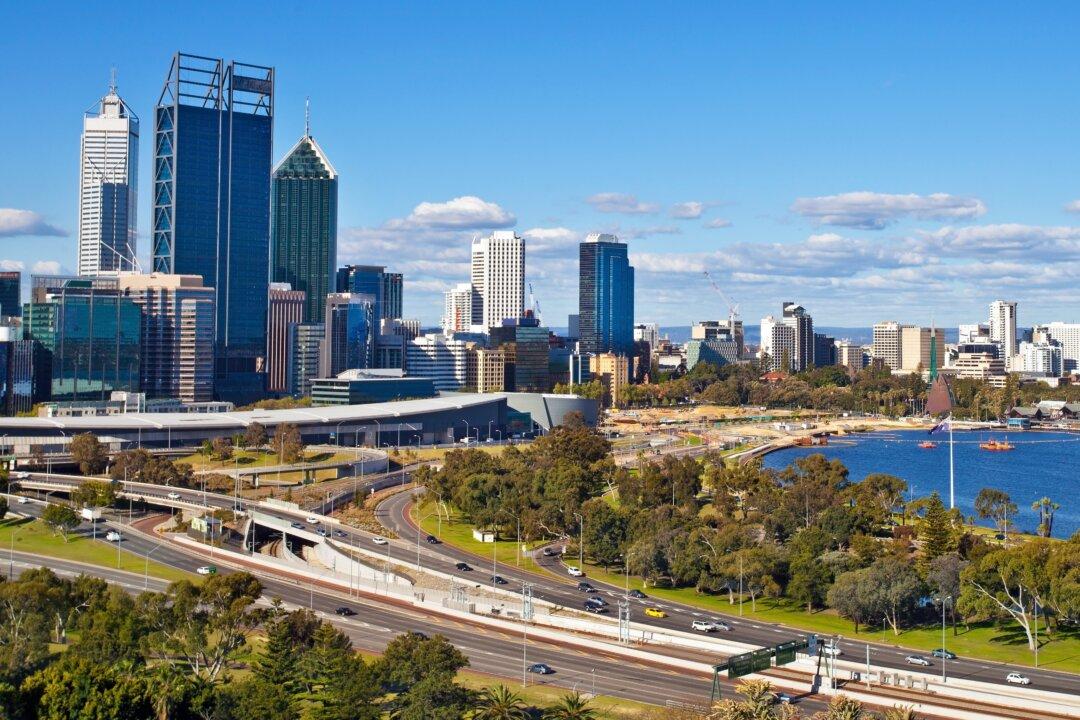The Australian government is pouring millions of dollars into domestic steel production, which will be used across industries, ranging from armoured vehicles and patrol boats to wind turbines and large-scale solar installations.
The $55.4 million (US$39.7 million) investment is part of the federal government’s $1.3 billion (US$930 million) Modern Manufacturing Initiative designed to support Australia’s manufacturing industries.





